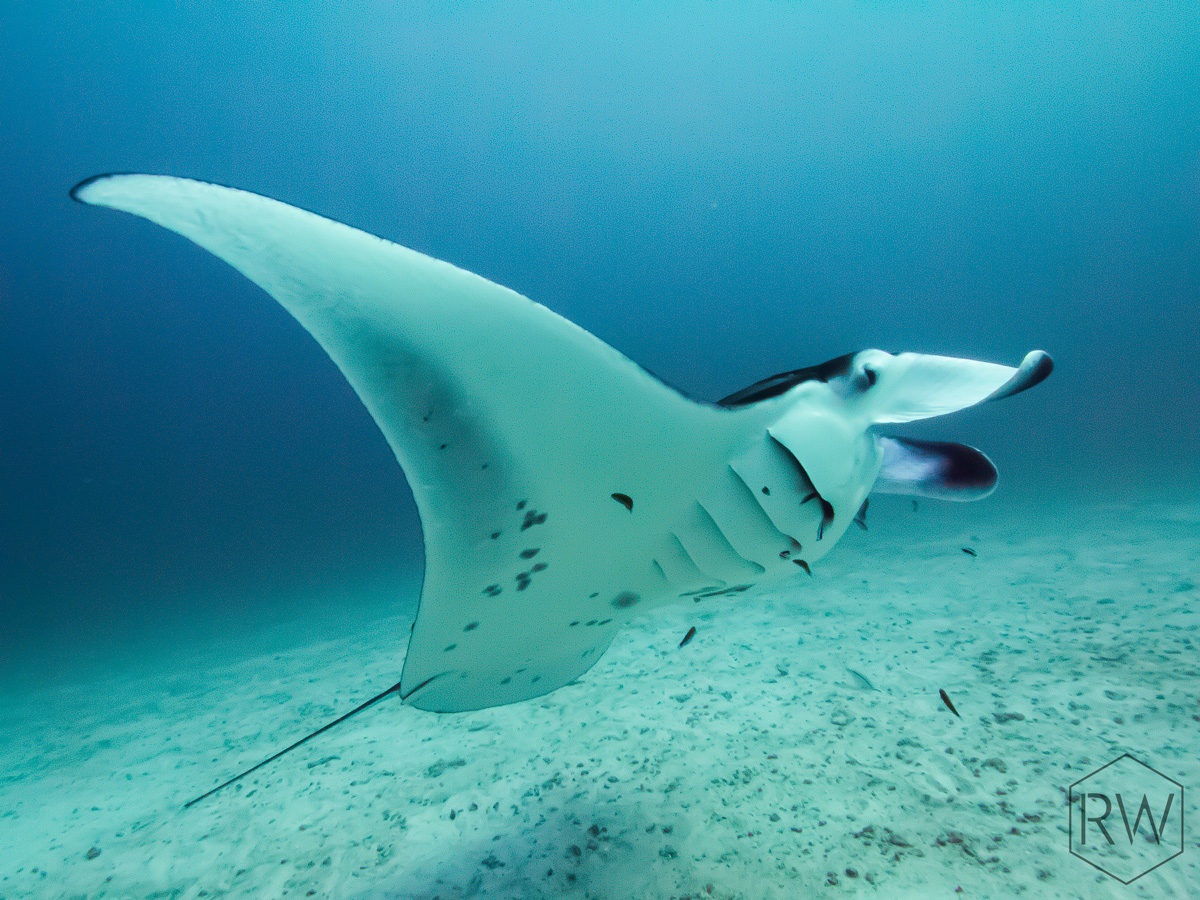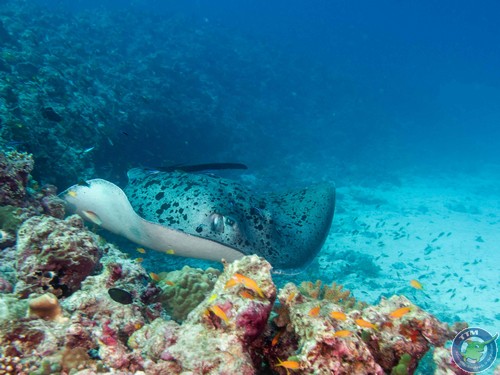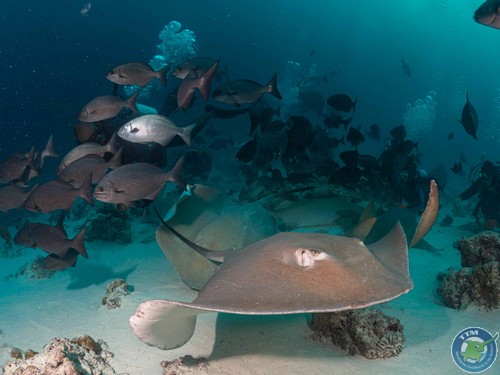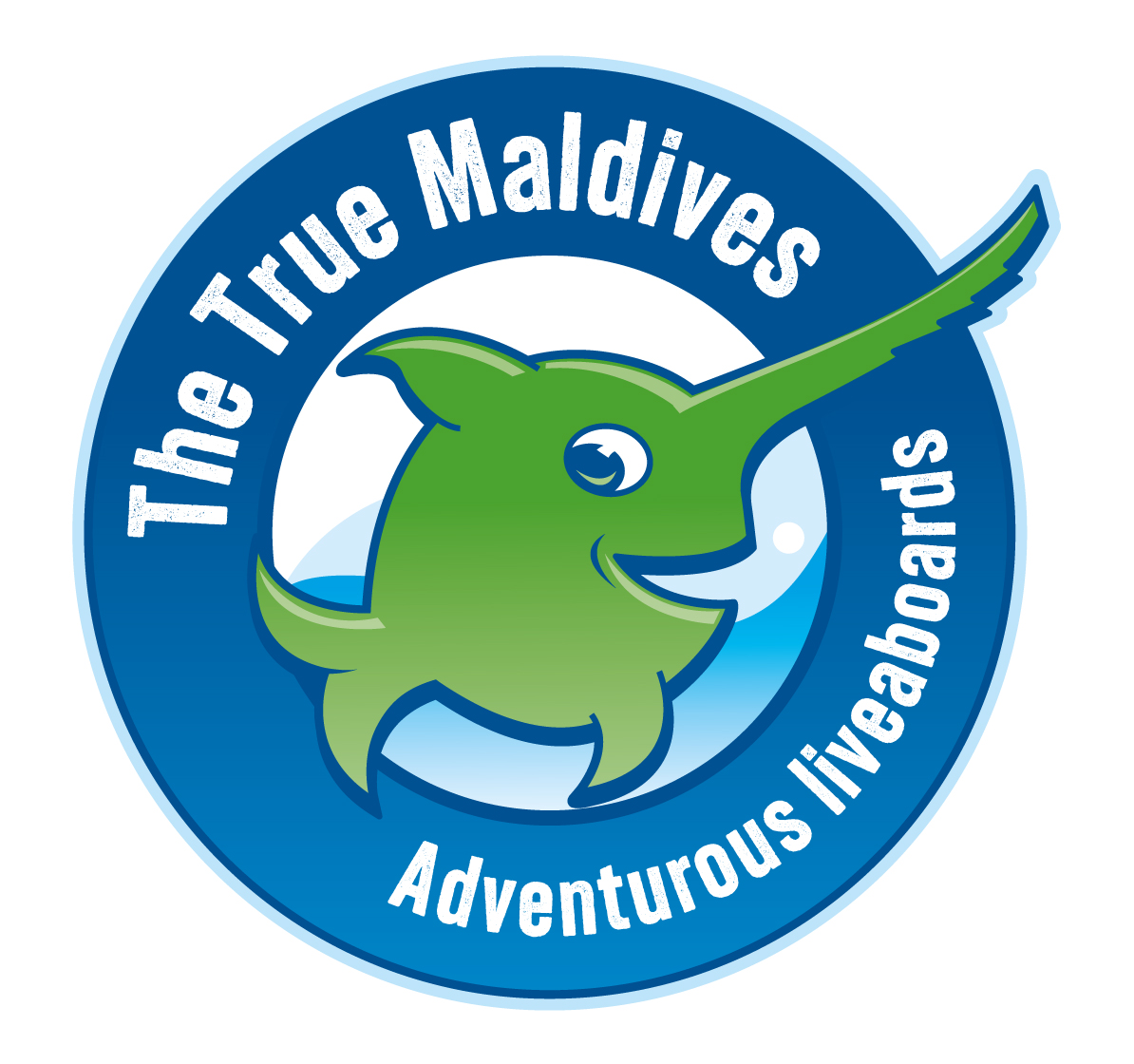Stingrays
Diving with rays is of course a great experience for any diver. But what do you really know about them?Species of rays
In the Maldives, you will come across special rays in addition to different fish. Discover them below:
1. Manta rays (Mobulidae)
Manta rays are the largest rays you can come across in the Maldives. These extraordinary creatures can grow up to 7 metres long. They are often seen at clean-water locations with lots of plankton.
2. Stingrays (Dasyatidae)
Stingrays are common in the reefs of the Maldives. They can be recognised by their broad, flat bodies and the sharp spine on their tail, which they use for defence.
3. Eagle rays (Myliobatidae)
Eagle rays are elegant and fast-swimming rays with a pointed snout and a powerful tail. They are often seen in open water, where they catch their prey.


Where can you see them?
If you want to observe rays in their natural habitat, there are several excellent dive sites in the Maldives:
- Hanifaru Bay: A world-renowned location for spotting manta rays, especially during the plankton-rich season.
- Maaya Thila: Ideal for night diving with stingrays and other reef dwellers.
- Dhigurah: An excellent place to see eagle rays in the open water.
Manta rays
Before you go to the Maldives, you will probably be familiar with manta rays. These beautiful rays are common. They are distinguished by their broad, flying wings and their unique head structure. Their large, triangular wings, sometimes compared to those of a bird, give them a graceful and almost hovering appearance.
The skin of manta rays is often covered with a pattern of dots and stripes, which differs between individuals and can help identify different rays. Manta rays are found in tropical and subtropical seas around the world. They prefer clean, clear water and are often found near coral reefs, near seagrass beds and in open ocean areas. In the Maldives, they are mostly seen in Baa Atoll and Hanifaru Bay, where conditions are ideal for their food sources. They swim with their mouths open and use their large gill slits to pass water through their mouths, filtering their food from the water. They mainly eat plankton.
Interested in a liveaboard?
Then discover our unique liveaboard in the Maldives. During this trip, you will be on the road for 11 days and make 3 dives a day. We would like to show you the best dive sites and offer you a special experience.

